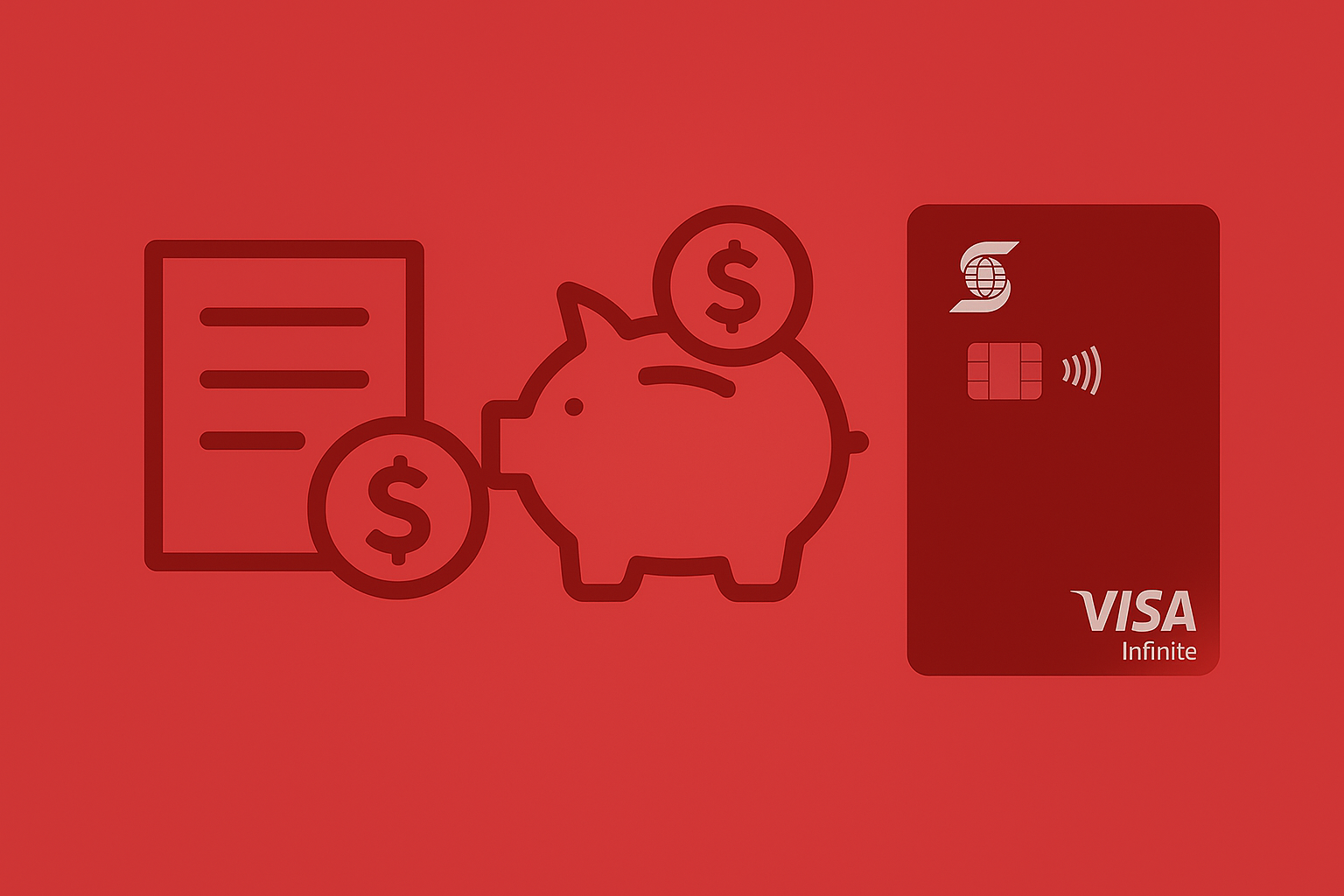How much is your Spending?
We all understand that savings provide a safety net for emergencies, allow for investments, help achieve homeownership, and more. Hence, saving is undoubtedly the most critical first step.
True Cost of Spending
Before you make any purchases, it’s helpful to consider how much money you need to earn before taxes to cover that expense. For instance, if you’re spending $100, that amount is drawn from your after-tax income.
To get that $100 back in your bank account by tomorrow, you need to earn $100 plus tax. So, in this case, spending $100 means you would need to make about $125 before tax, assuming you’re in the 20% tax bracket. This means that for every dollar you spend, you need to earn back more than a dollar just to keep your finances balanced. By the way, have you thought about what your tax bracket is?
Mental Pause on Spending
We all recognize this common fact, but we might not always consider it when we spend our money. Even when buying essential items, considering the ‘Pre-Tax Equivalent’ amount is helpful. If you challenge yourself to think this way a few times, it will soon become second nature whenever you’re about to make a purchase. This shift in thinking can serve as a helpful mental pause on spending!
Let Every Dollar Work for You
It’s a straightforward idea, but it can be a great mental brake that helps you reduce spending. Plus, it allows you to reallocate that money, allowing it to start working for you! This naturally brings us to another helpful mental break.
Opportunity Cost
When you spend $100, consider it a missed opportunity to gain something valuable. It’s like closing the door on all the possibilities this $100 could bring your way. Imagine if you were to spend $100 every week on top of essential weekly expenses, over time, that could pile up!
Those late-night snacks from Uber Eats, that impulse buy of a novelty gadget while scrolling through fun content on Instagram or YouTube shorts, or those clothing purchases just because they’re on sale at 60% off? You might find that you’d still be just as happy, maybe even happier, if you hadn’t splurged on ‘that’ money last week.
What Are You Giving Up?
What if you decided to put $100 each week into your piggy bank? That would total $5,200 by the end of the year, and an amazing $104,000 after 20 years and $156,000 after 30 years!
Why not take some risk?
It was money that would have been spent on late-night snacks or random clothes you wore once, so why not take a bit of a risk? If you were to invest $100 every week into the stock markets, like the S&P 500 or Nasdaq, just imagine how much that could grow over time!
Investment Growth Over Time
| Investment Period | S&P 500 (SPY) | Nasdaq-100 (QQQ) |
| 10 Years | ~$92,000 | ~$120,000 |
| 20 Years | ~$330,000 | ~$470,000 |
| 30 Years | ~$1,000,000 | ~$1,600,000 |
Note: These are approximate figures, and actual returns can vary based on market conditions.
Let’s focus on how the brake works, not on how the engine is built.
To appreciate how a weekly contribution of just $100 can grow to over a million dollars in 30 years, we should explore some financial concepts like risk and return, the compounding effect, and inflation. However, let’s concentrate on the opportunity cost of spending that $100, which could instead be saved and invested over time. This can be a helpful mental brake, steering you away from impulsive spending decisions.
Conclusion: Every Day Small, Let It Grow
Pause before spending. Use mental brakes such as Pre-Tax thinking and opportunity cost. Redirect money toward your future. Every dollar has potential—don’t let it slip away.




